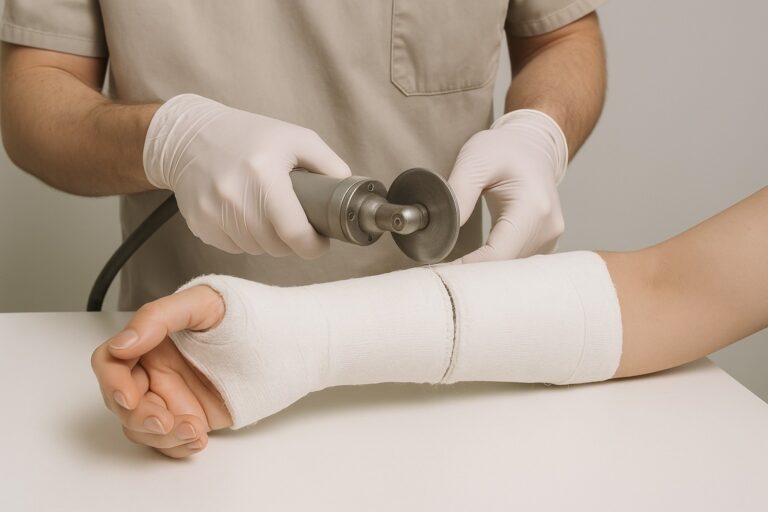Question. I broke my wrist four weeks ago and had to have surgery. The surgeon used a plate and screws to fix the fracture in a good position. I normally give blood every three months. Should I still donate blood while I am healing – or will this affect my recovery?
Answer. The average adult has around 10 pints of blood (which is roughly 8% of body weight). When donating blood, 1 pint (or 10 percent of total blood volume) is removed. About one-third of that volume is red blood cells and the rest is mostly water. The body has an amazing capacity to replace all the cells and fluids that have been lost. The water is replaced within the day as long as plenty of fluids are consumed, but the red blood cell replacement can take about two months.
The effect of whole blood donation on athletic performance has been studied extensively. Well trained athletes will not notice the drop in haemoglobin level at rest, or even with light to moderate exercise. However, when performing high intensity exercise or when exercising at race pace, the lower red cell mass will become apparent with a reduction in aerobic capacity (V02 max). Most people, however, will be reasonably recovered by two weeks and functionally recovered by three to four weeks, if the body has an adequate store and ongoing source of the required ingredients—protein and iron—to replace the lost haemoglobin.
When it comes to injury and healing – does donating blood adversely affect healing? Red blood cells have the important job of delivering oxygen to the body. Blood-borne oxygen is essential for healing. The right balance of oxygen is also important — too much or too little and the wound won’t heal correctly. Another type of blood cell, a white blood cell called a macrophage, takes on the role of wound protector. This cell fights infection and oversees the repair process. After injury the healing process requires that blood cells, including oxygen-rich red blood cells, arrive to help build new tissue. Chemical signals instruct cells to create collagen (which serves as a type of scaffolding) and other tissues to begin the repair process. Hence removing oxygen rich blood cells from the body (by donating blood) may have some impact on healing as it takes up to 2 months for the body to restore red blood cells to previous levels. Certainly in cases of significant trauma, fracture, burns or open wounds the body has to work very hard to heal. In these cases it would not be advisable to remove the important and hard-working oxygen delivering red cells until the injury is healed. This time frame will vary from person to person (depending on age and health status) and type of injury. Your hand therapist will be able to give you clear guidelines on an individual basis.


